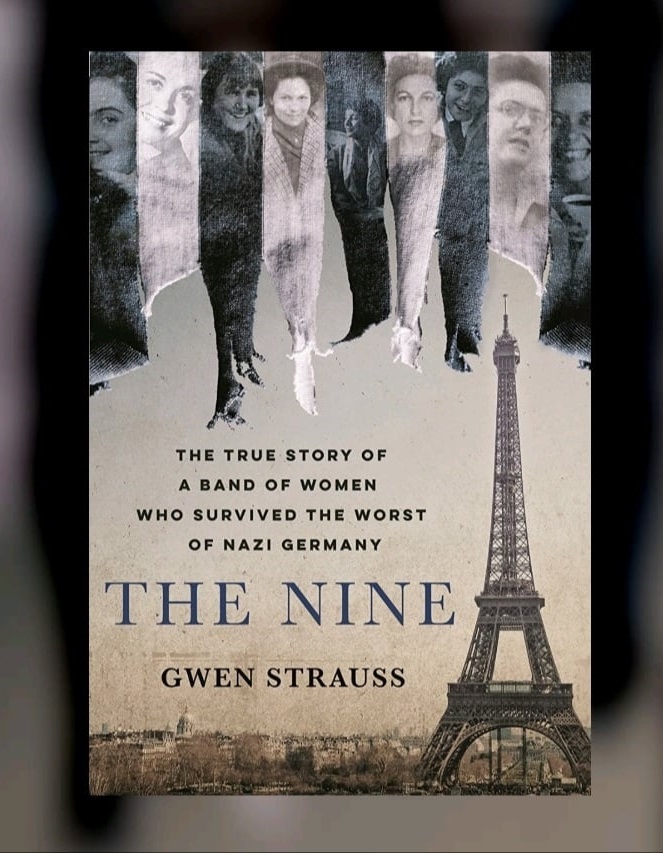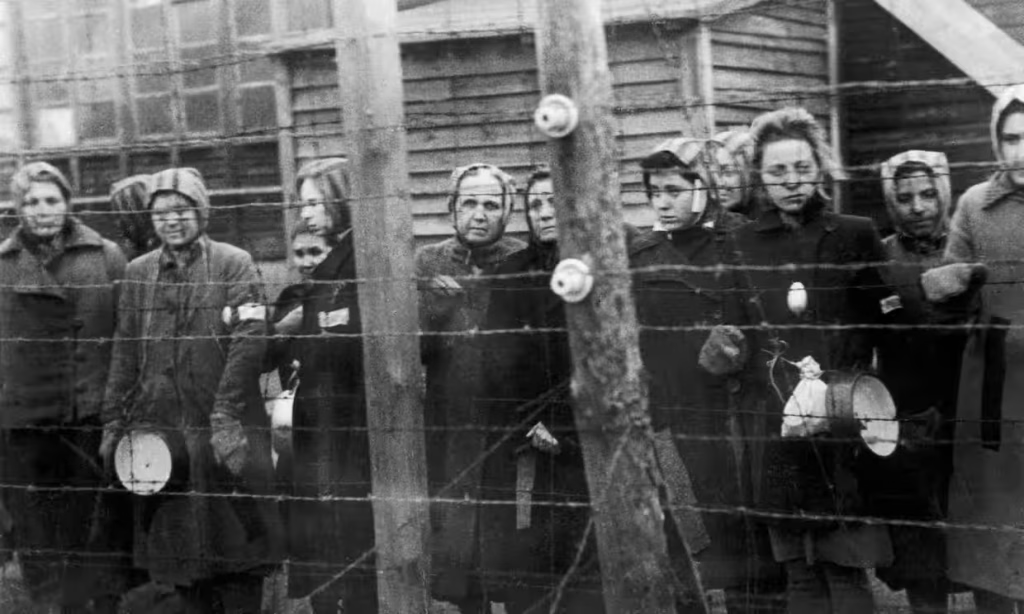
I almost didn’t finish this book. Not because it wasn’t extraordinary—but because it was too extraordinary. Because somewhere around the third chapter, I realized I was holding my breath, terrified that if I exhaled too loudly, these nine women might disappear like smoke, like so many others did.
Gwen Strauss writes about her great-aunt Hélène and eight other women who escaped from a Nazi death march with the reverence of someone handling sacred objects. Each page feels like excavation work, like she’s carefully brushing dirt away from bones that have been waiting decades to tell their story. I kept forgetting these were real women, not characters—that somewhere in the world, there might still be a faded photograph of them laughing together before the world went dark.
1. The Sisterhood That Saved Them
What breaks you isn’t the brutality—though there’s plenty of that. It’s the tenderness. The way they shared their last crust of bread, took turns carrying each other when someone’s feet gave out, whispered stories in the dark to keep each other’s minds alive. Strauss shows us that survival wasn’t about being strong enough to endure alone—it was about being human enough to stay connected when everything conspired to make them animals.
They made promises to each other’s children they’d never met, memorized addresses of families they might never find, carried letters for lovers who were probably already dead. They survived not in spite of love but because of it, because they refused to let the Nazis steal the thing that made them most human: their capacity to care for each other.

Women in Ravensbruck waiting for liberation by the Russian army in March 1945. Photograph: Keystone-France/Gamma-Keystone via Getty Images
2. The Memory That Wouldn’t Die
Strauss writes like an archaeologist of the heart, piecing together fragments of memory, official documents, and family stories that had been whispered for generations. What emerges isn’t just a story of survival but a meditation on how we carry the past in our bodies, how trauma travels through bloodlines, how some stories are too important to let die even when they hurt to remember.
Her great-aunt Hélène never talked about the war, but she left behind a suitcase full of documents, photographs, and letters. Strauss turned that silence into song, that hidden history into light. She shows us that bearing witness isn’t just about remembering—it’s about making sure that love is what gets remembered, that the connections between these women matter more than the evil that tried to sever them.
3. The Ordinary Courage of Survival
The most devastating thing about this book is how normal these women were before everything changed. They were teachers, seamstresses, mothers, daughters—women who probably worried about ordinary things like what to make for dinner or whether their hair looked right. Then history swallowed them whole, and they discovered they were made of steel wrapped in silk.
Strauss never romanticizes their suffering or makes their survival seem inevitable. She shows us women who were terrified, who wanted to give up, who sometimes hated each other—and who chose to keep going anyway. They survived not because they were heroes but because they were human, because they understood that living was an act of defiance, that every breath was a victory against those who wanted them erased.
Strauss has given us more than a war story. She’s given us a love story disguised as a survival story, a reminder that even in humanity’s darkest hour, there were women who chose each other, who refused to let evil have the final word. These nine women didn’t just survive—they proved that love can outlast anything, even death, even forgetting, even the worst that humans can do to each other.
Their story is our inheritance. We are the ones they survived for.
GET BOOK HERE
NOTE: As Amazon Affiliates, we earn a commission when you buy the book through our link above.

